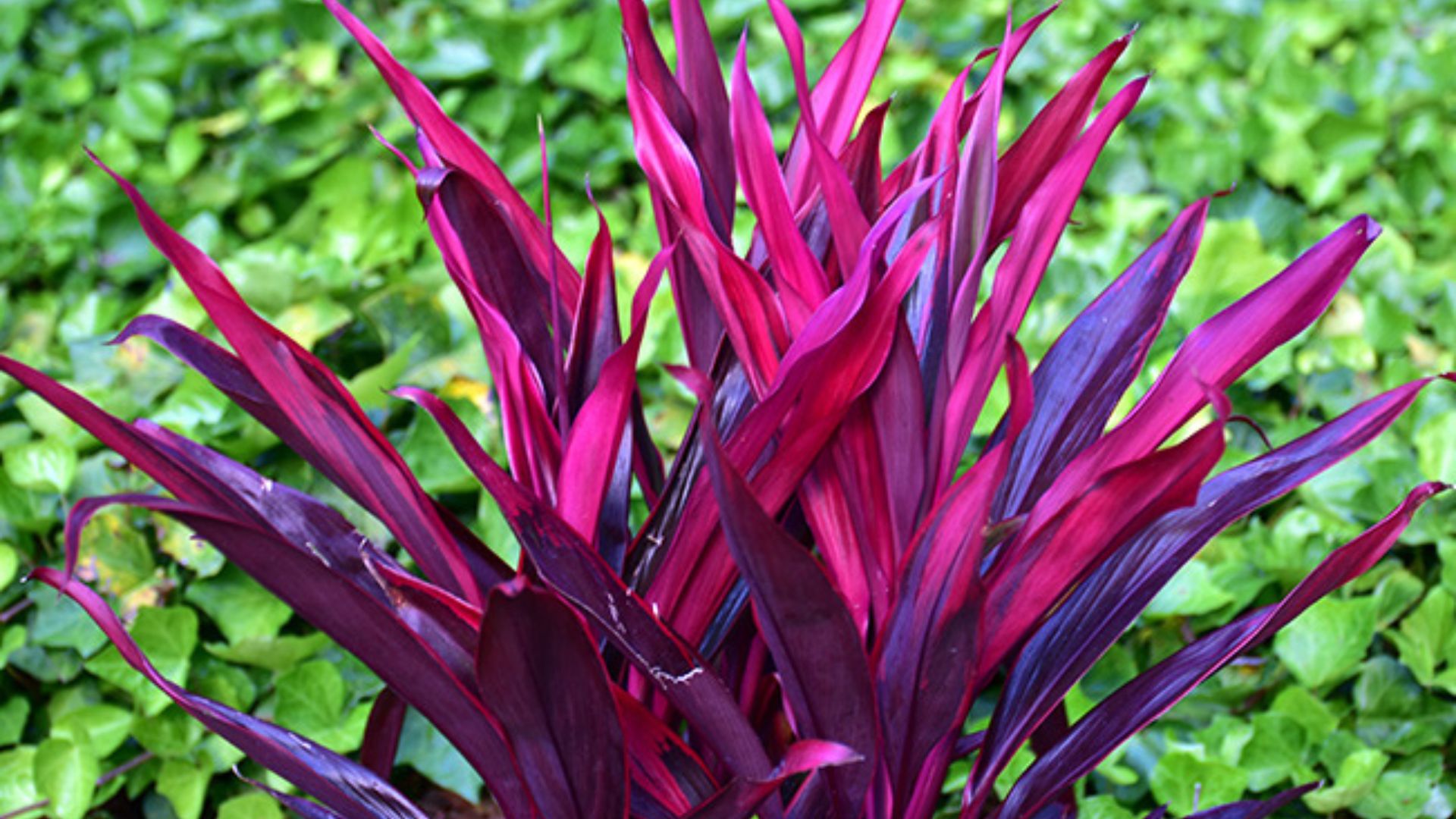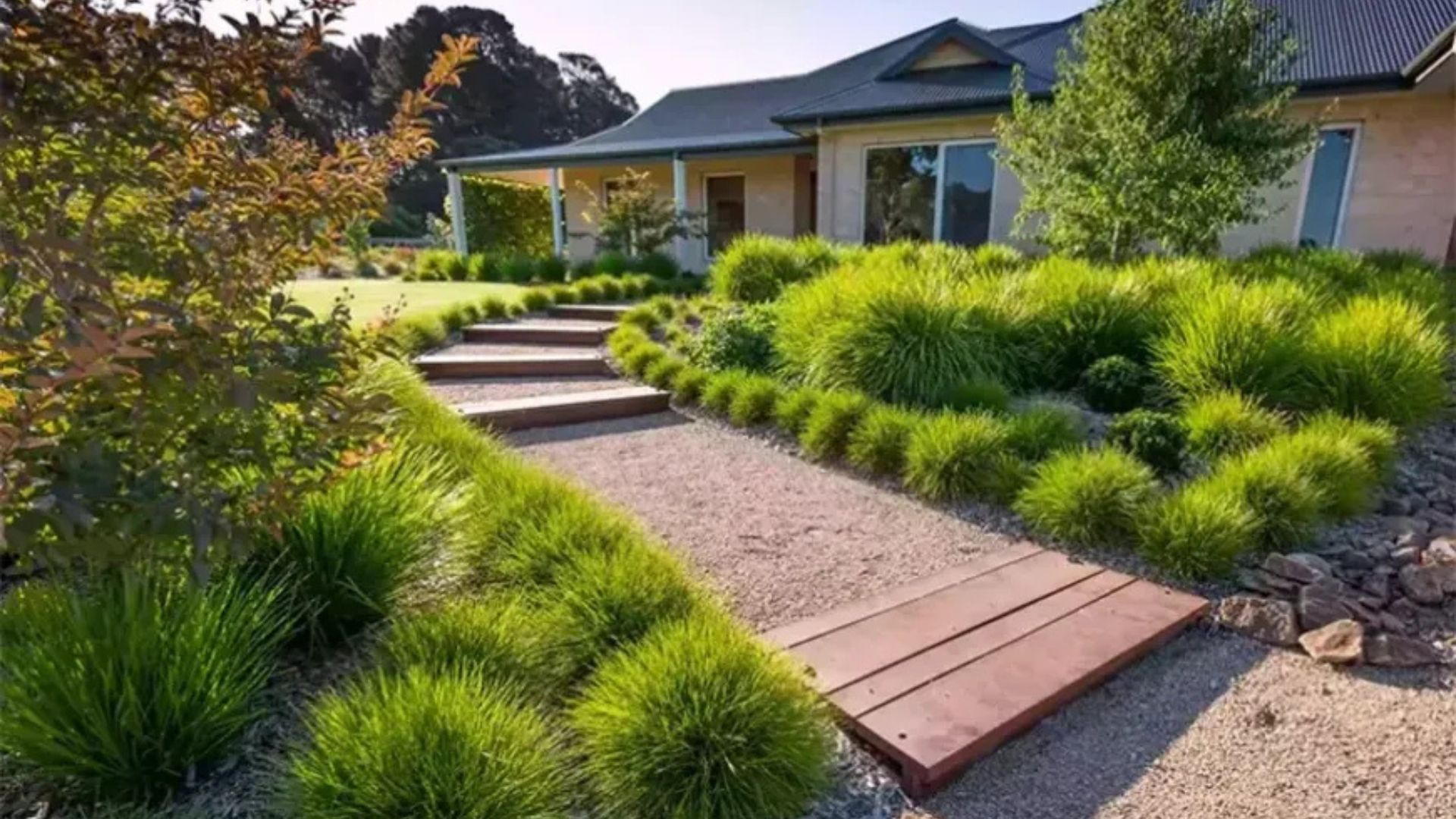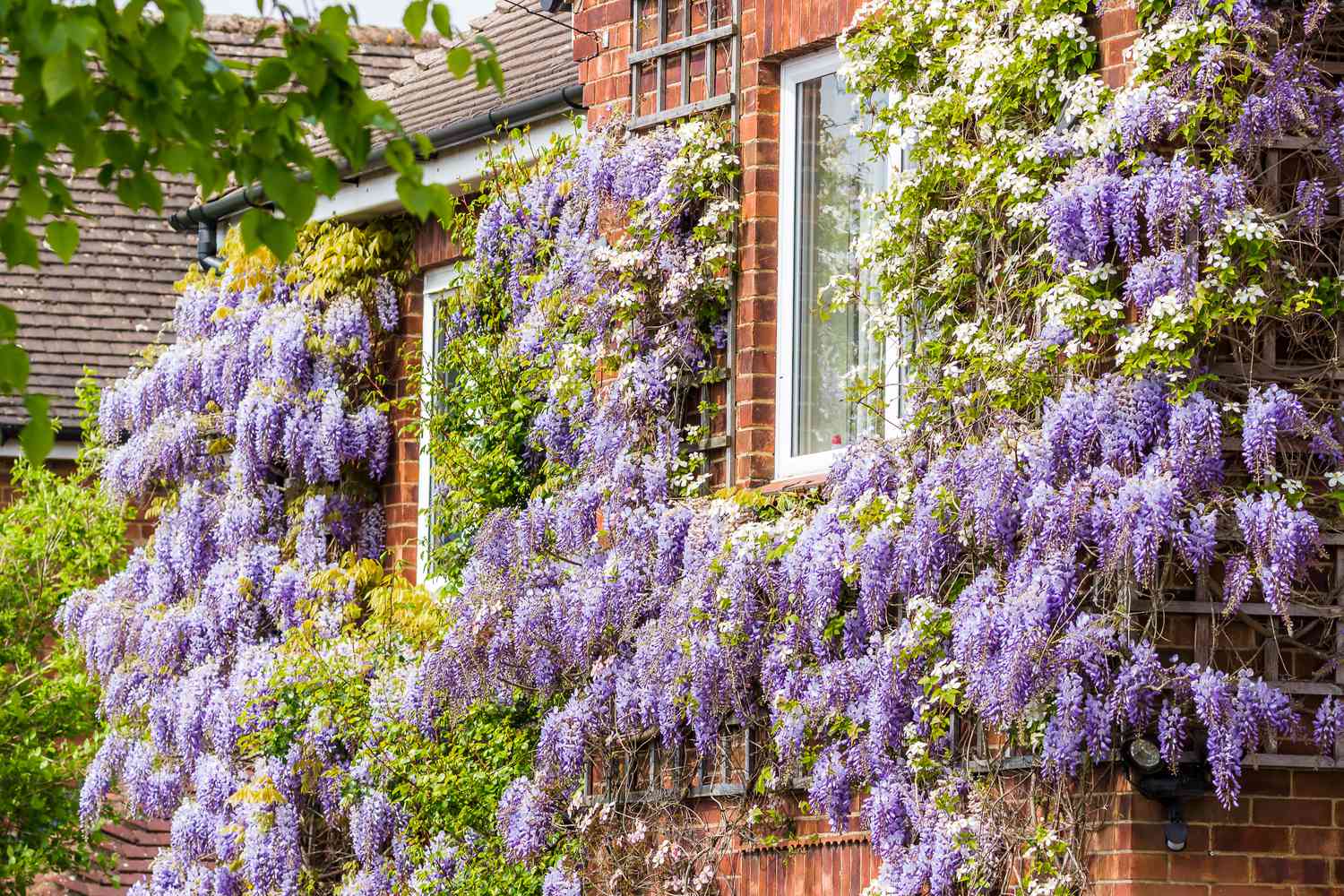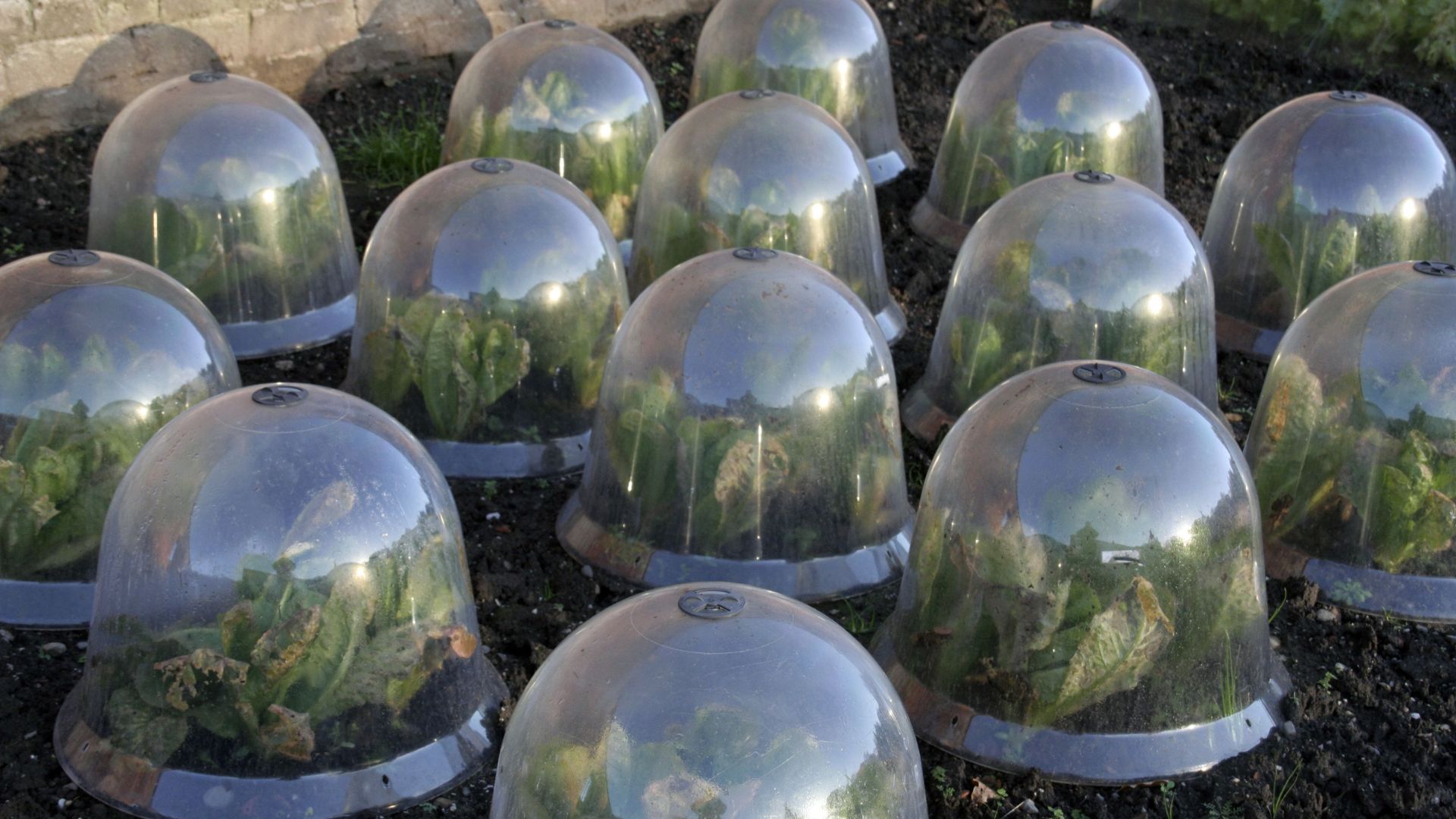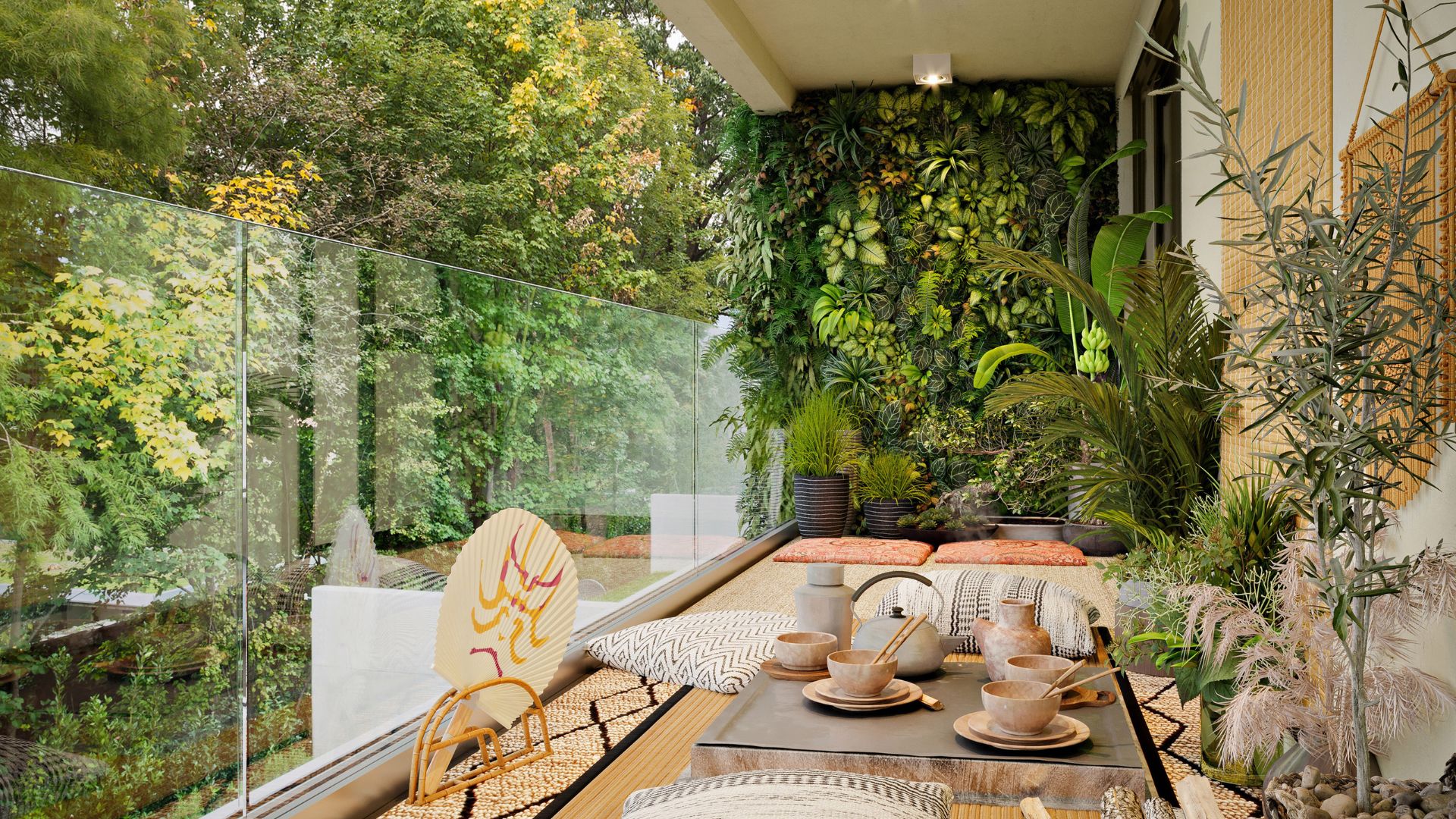Year-round color comes from outdoor plants when gardeners select species that bloom, foliage, or produce decorative features throughout all seasons. By combining flowering plants, evergreen shrubs, and colorful foliage, outdoor spaces remain lively and visually appealing no matter the time of year. These gardens provide beauty, attract wildlife, and create inviting environments for relaxation and social activities.
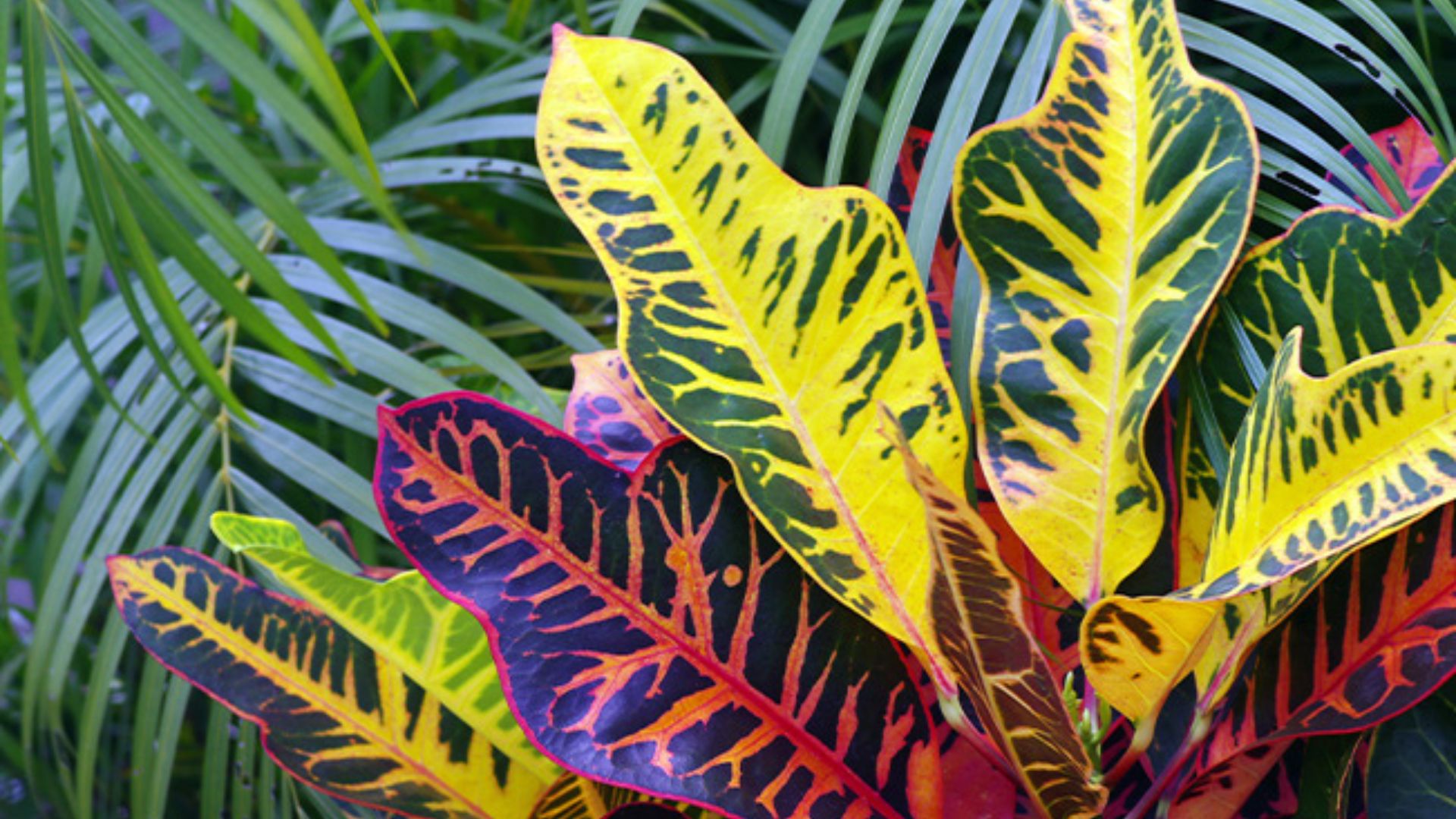
Benefits of Outdoor Plants With Year-Round Color
Plants that maintain color throughout the year provide multiple advantages. First, they enhance aesthetics by adding continuous vibrancy and texture. Second, they create dynamic landscapes that change subtly with seasons, maintaining visual interest. Third, colorful outdoor plants can improve mood and promote relaxation, making gardens pleasant spaces for spending time. Additionally, these plants attract pollinators, birds, and beneficial insects, contributing to a balanced ecosystem.
Economic Advantages
Gardens with year-round color can increase property appeal and value. Landscapes that appear lush and vibrant throughout the year are more attractive to visitors and prospective buyers. Moreover, diverse plant selection can reduce the need for constant replacement or seasonal replanting, saving money in the long term.
Environmental Advantages
Colorful outdoor plants enhance environmental sustainability by supporting pollinators and wildlife. Evergreen species prevent soil erosion, regulate temperature, and maintain greenery even during harsh seasons. By choosing hardy and well-adapted plants, gardeners create resilient and low-maintenance landscapes that benefit both people and the environment.
Choosing Plants for Year-Round Color
Selecting the right mix of plants ensures continuous interest and color. Consider flowering periods, foliage texture, seasonal changes, and growth habits.
1. Flowering Plants
Annuals and perennials provide vibrant blooms. Plants such as pansies, marigolds, and coneflowers offer bursts of color throughout different seasons. By combining early, mid, and late bloomers, a garden can display flowers almost year-round.
2. Evergreen Shrubs
Evergreen shrubs like boxwood, holly, and rhododendrons maintain greenery throughout the year. Their foliage provides structure, depth, and a constant backdrop for seasonal flowers or decorative accents.
3. Colorful Foliage Plants
Plants with colored leaves, such as coleus, heuchera, or ornamental grasses, add continuous visual interest even when flowers are absent. Leaf color can range from deep purples to bright greens and reds, enhancing the garden’s palette in all seasons.
4. Flowering Trees and Small Trees
Trees like magnolia, crabapple, or dogwood offer blossoms, fruit, and foliage changes throughout the year. Flowering trees provide height, shade, and year-round points of interest in outdoor spaces.
5. Ground Covers
Low-growing plants like creeping thyme, sedum, or ivy add color and texture to garden floors. Ground covers reduce weeds, conserve soil moisture, and maintain visual continuity between taller plants.
Design Tips for Year-Round Color
Careful planning ensures year-round vibrancy.
Layering and Plant Placement
Combine tall trees, mid-height shrubs, and low ground covers. This layered approach maximizes visual appeal and ensures different plants are visible throughout the seasons.
Seasonal Planning
Plan plant selection to cover early spring, summer, autumn, and winter. Include a mix of bloom times and foliage colors to maintain interest year-round.
Mulching and Soil Care
Use organic mulch to retain moisture and improve soil health. Healthy soil ensures stronger plants, longer-lasting color, and improved resistance to pests and diseases.
Watering and Maintenance
Consistent watering, pruning, and fertilization encourage continuous growth and vibrant colors. Use water-efficient techniques and organic fertilizers to support sustainable practices.
Lifestyle and Wellness Benefits
Gardens with year-round color enhance mental and emotional well-being. They reduce stress, encourage relaxation, and offer a beautiful setting for outdoor activities. Colorful outdoor spaces can inspire creativity, support mindfulness, and create inviting environments for family, friends, or solo enjoyment.
Challenges and Solutions
Challenges include seasonal fluctuations, plant compatibility, and maintenance needs. Solutions involve selecting hardy species, combining perennials with annuals, and applying sustainable care practices. Proper planning ensures year-round vibrancy with minimal effort.
Conclusion
Year-round color comes from outdoor plants when gardeners thoughtfully select and combine flowering species, evergreens, colorful foliage, trees, and ground covers. By layering plants, planning for seasonal blooms, and maintaining soil and water health, gardens remain visually appealing, vibrant, and functional throughout the year. These outdoor spaces not only enhance aesthetics but also support biodiversity, improve well-being, and create sustainable environments for people to enjoy all year long. By embracing the right plant choices and care strategies, any garden can maintain beauty, color, and life in every season.






